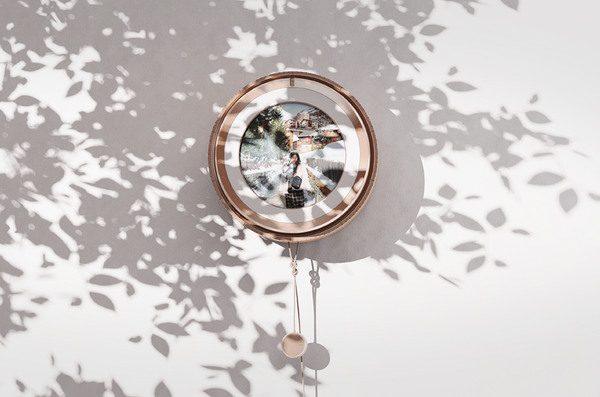The meeting of creative momentum, synergy and two generations with the film industry and prop making: Márk Boros, Szabolcs Szilágyi, Balázs Kovács and Viktor Marián founded their business right in the middle of the pandemic, focusing on high quality, creativity and custom solutions. We asked the founding members of STORQUE’s team about their work. Interview!
Tell us a little about the beginning: what path has lead you to founding STORQUE and who are your team members?
STORQUE: We’d rather answer your second question first, perhaps we can put the first into context better this way: the core of the team consists of four men. The management is formed by two members of two generations with a 15-year age gap. Márk and Szabolcs represent youth: both of them are engineers, with plenty of momentum and creativity. Balázs and Viktor contribute their decade-long experience in the film industry and their tools to the work together. This setup offers such a wide range of possibilities that most people can only dream about.
The two duos first met in early 2019, then our paths crossed once again a year later. This was when we decided to establish our own company along the principles of fairness, humanity and high-quality production.
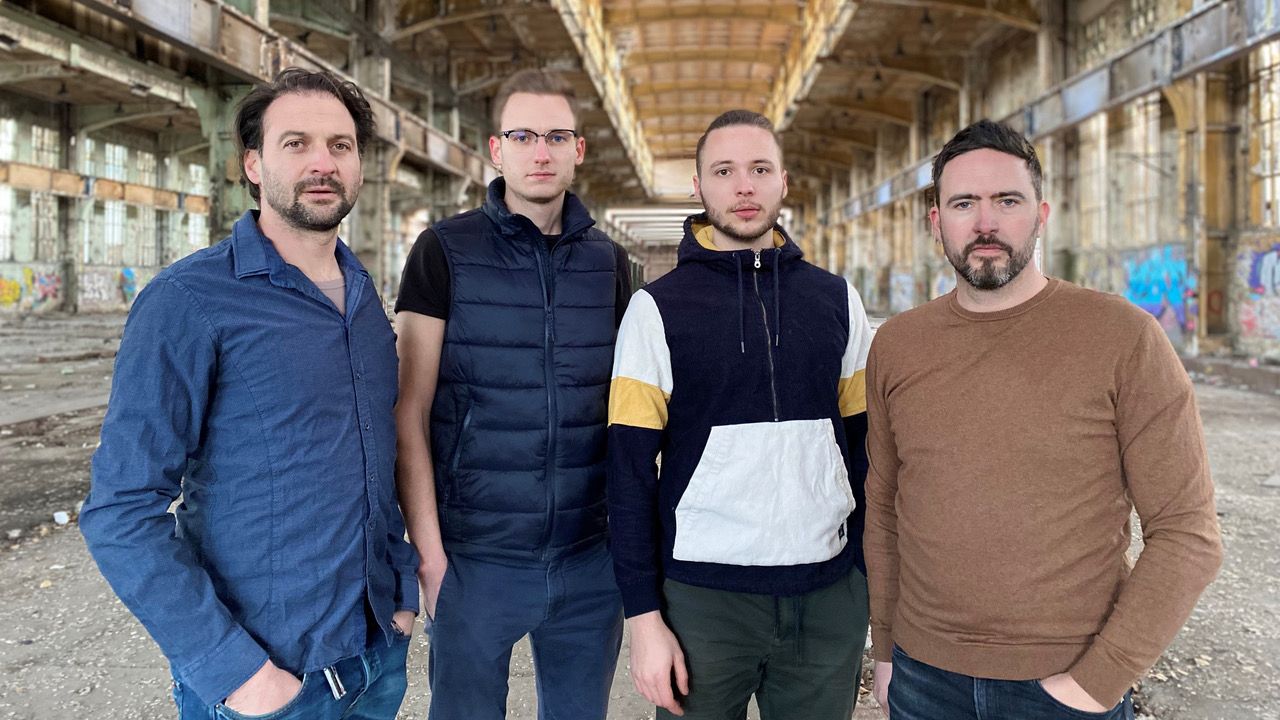
What does the name STORQUE mean exactly and how is it related to your activity?
STORQUE: When we were brainstorming about the identity of the brand it was a fundamental criteria that it had to allude to our Hungarian identity—in such a multi-cultural sector, we considered this very important. We came up with many concepts and names, but finally we all grew to like „gólya”, or its English equivalent „stork” to be more accurate, so much so that we ended up choosing it.
Even though the white stork is not an endemic species, it still forms an integral part of Hungarian culture—just like we form an integral part of the Hungarian film industry.
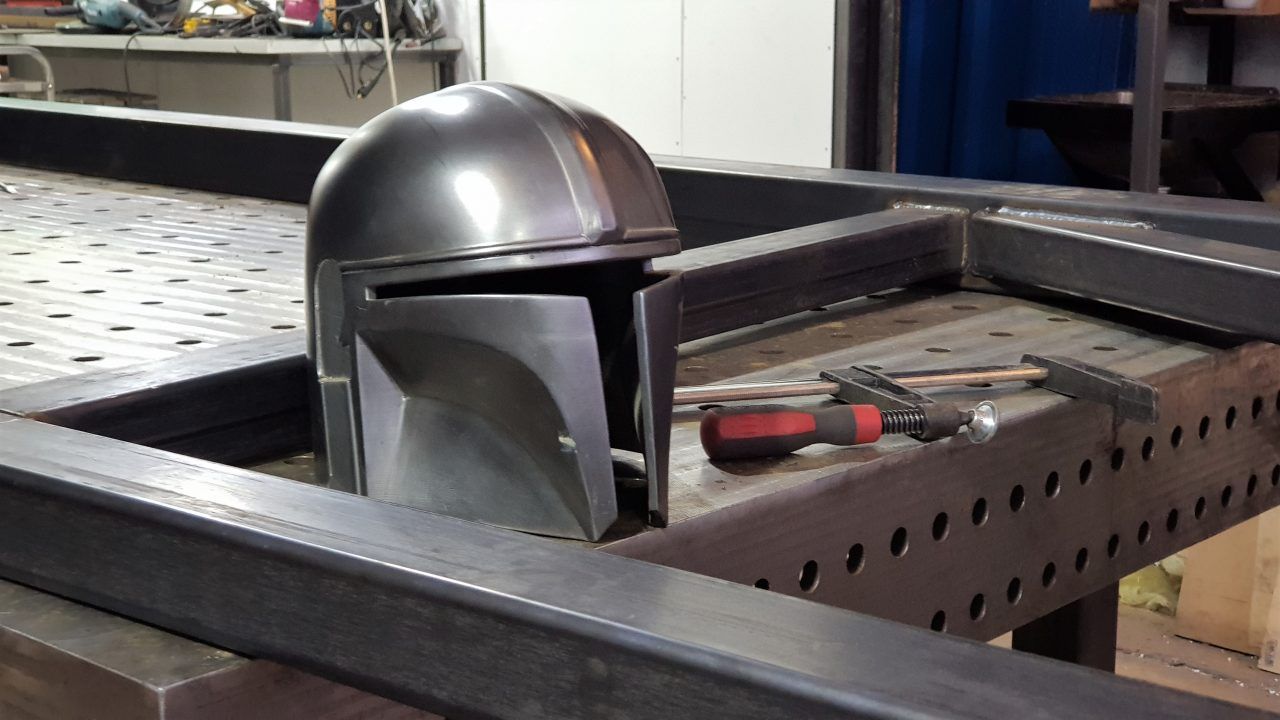
Back to the origin of the brand’s name: a little later we felt that stork was not enough on its own. As we played with the word, said it out loud a bunch of times, Szabolcs heard the word “torque“ in it and came up with the idea of combining the two: stork as a motif and torque as an expression of power, movement as well as our engineering background. STORQUE was born by merging these two words. In terms of pronunciation, it’s no different than stork yet it has something extra in it—and this is what makes it beautiful.
All four of you has taken a different path, but you share your interest in movies: what connections did you have to prop making or the film industry before STORQUE?
Márk and Szabolcs: We have been friends for a long time and got into this sector at the same time, after we had been building robots and other mechatronic things since our childhood. Our first job was transforming a metronome: we did everything here from metal foundry through 3D printing to undercoating. This was followed by several other smaller props: leg chains, retro signal jammers and PIN pads. These already had electronics in them, so they were programmed to lit up when needed. Later on we designed chests and worm drives based on drawings, but we also printed missiles filled with poison, alien weapons and sci-fi telescopes, for example.
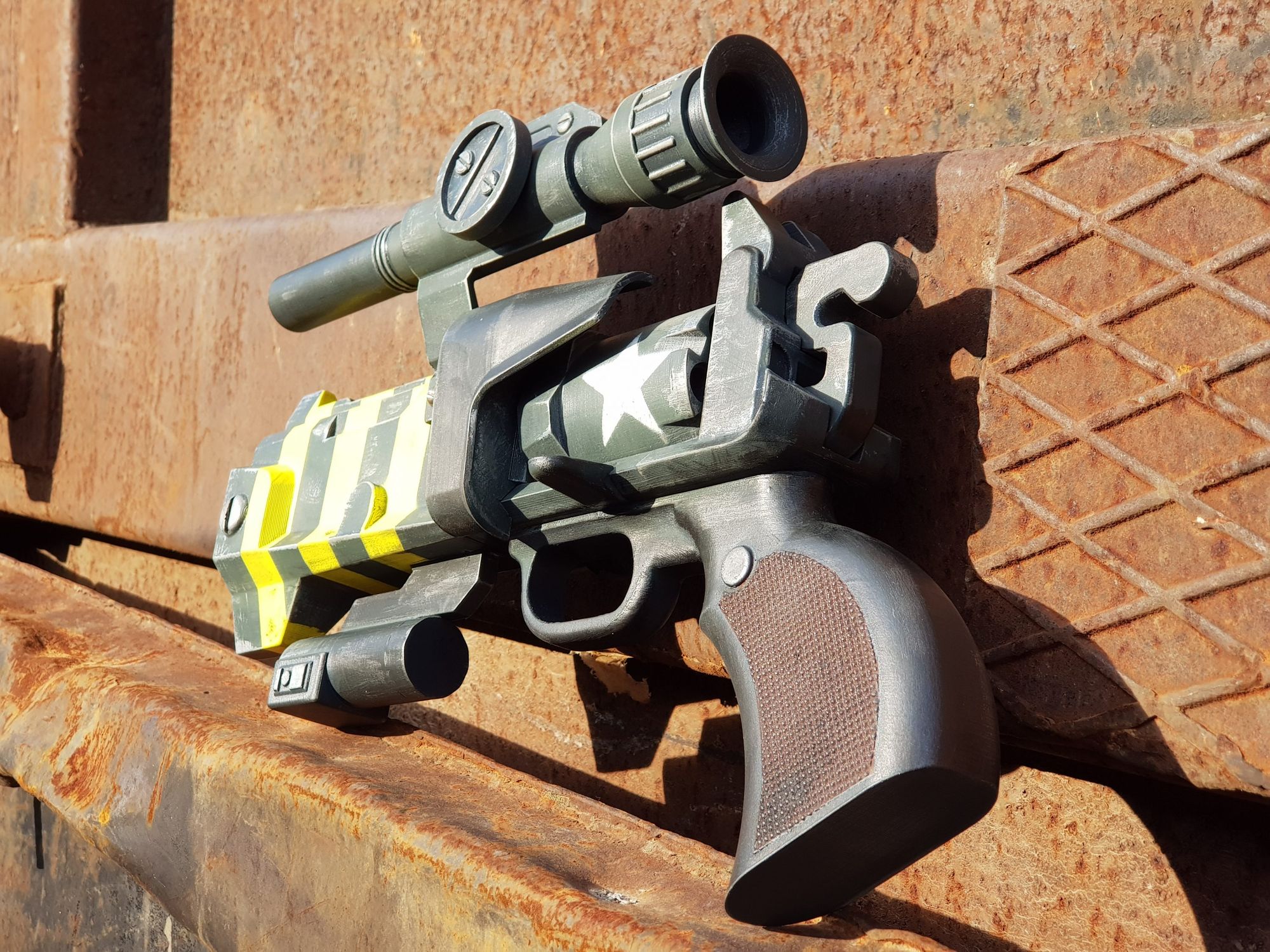
Balázs: I started working in the film industry in 2005: over the past fifteen years I have gained experience next to the camera in the position of standby, and also as a prop master, working more in the background.
Viktor: I got into the film industry through my sister more than ten years ago. My tasks included coordinating and organizing props to be manufactured and making sure they are in front of the camera in time. This is a fairly responsible task, you have to deliver the required quality in quite a short time.
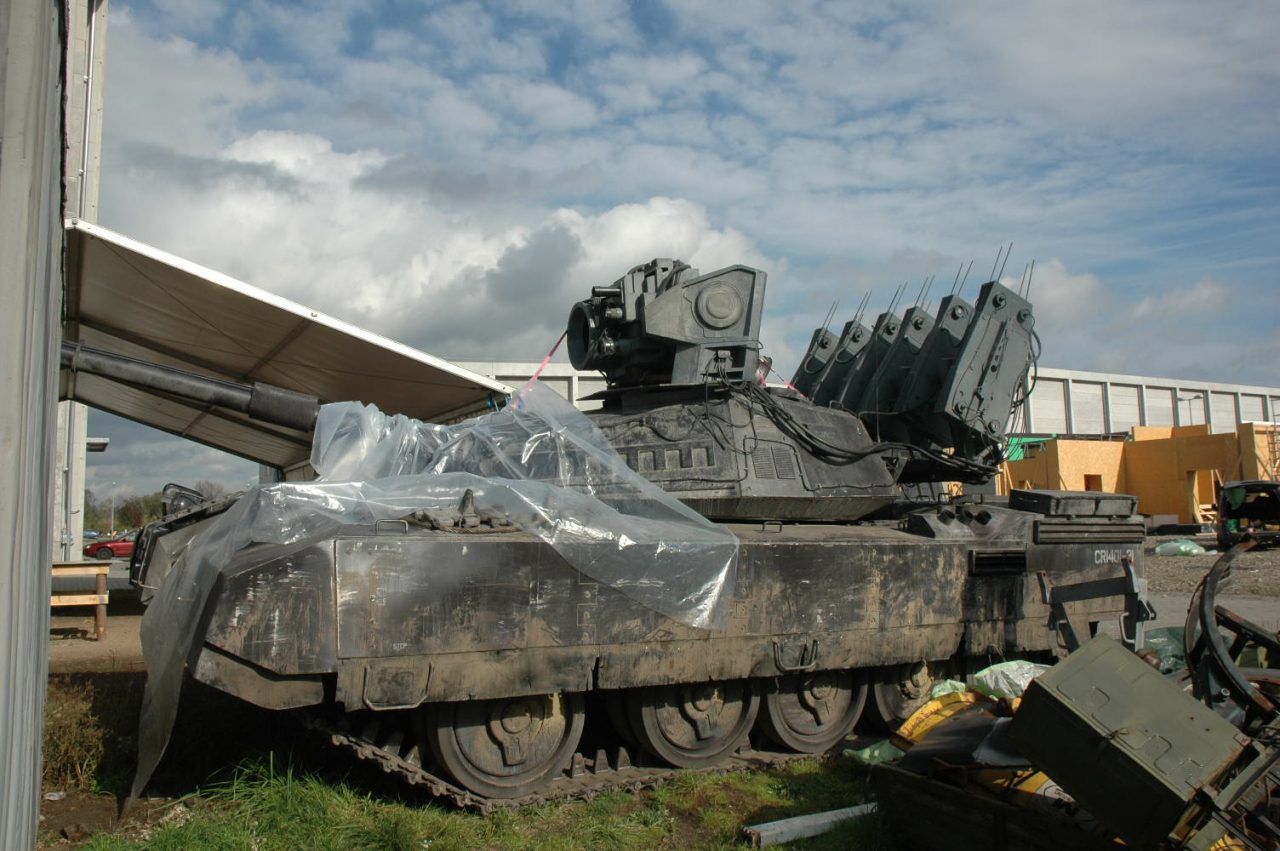
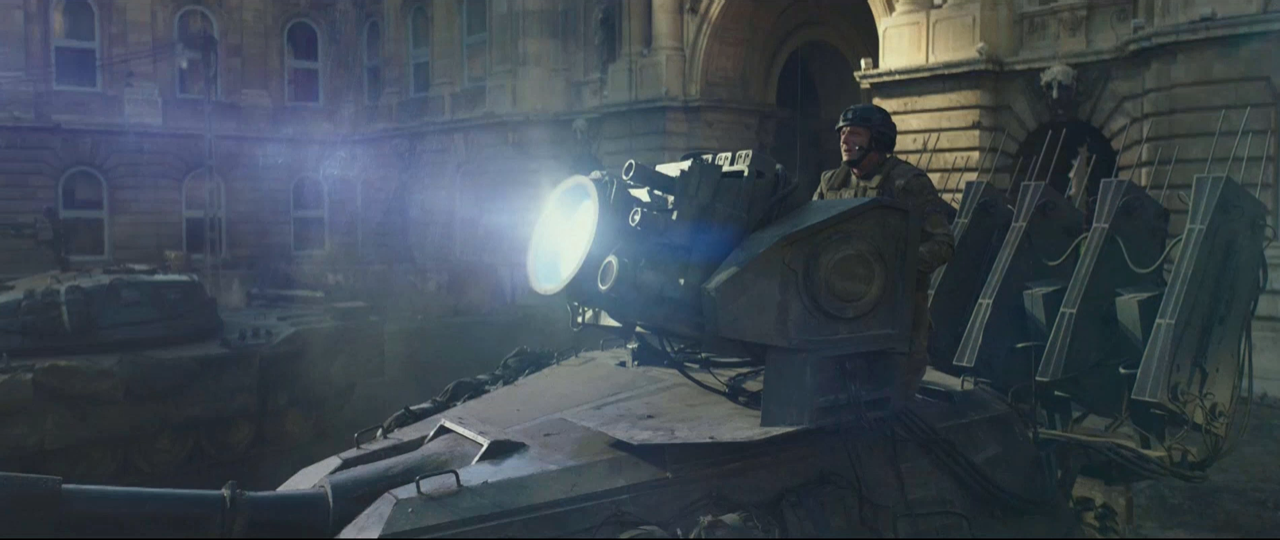
In films, nothing is what it seems. We can talk about several types of film props: the set, set props and hand props that are handled or carried by an actor. Which are your most important film references and projects?
Szabolcs: I would highlight the ornate wooden casket designed for Dune which will debut at the end of this year: I received a visualization about the ideas, based on which I created the 3D model which was then manufactured. When the first trailer was released recently, I could see the casket I designed, it was there. It is always very nice to see our work in action.
Viktor: I think creating the carts and carriages for Emerald City was the most complex and at the same time most beautiful task. In this case I was in charge of everything from the concept drawing through getting the budget approved to manufacturing and coordination. This also included booking accommodation in several locations in Spain and then in Hungary, booking horses and drivers, as well as the repairs and modifications necessary in the meantime.
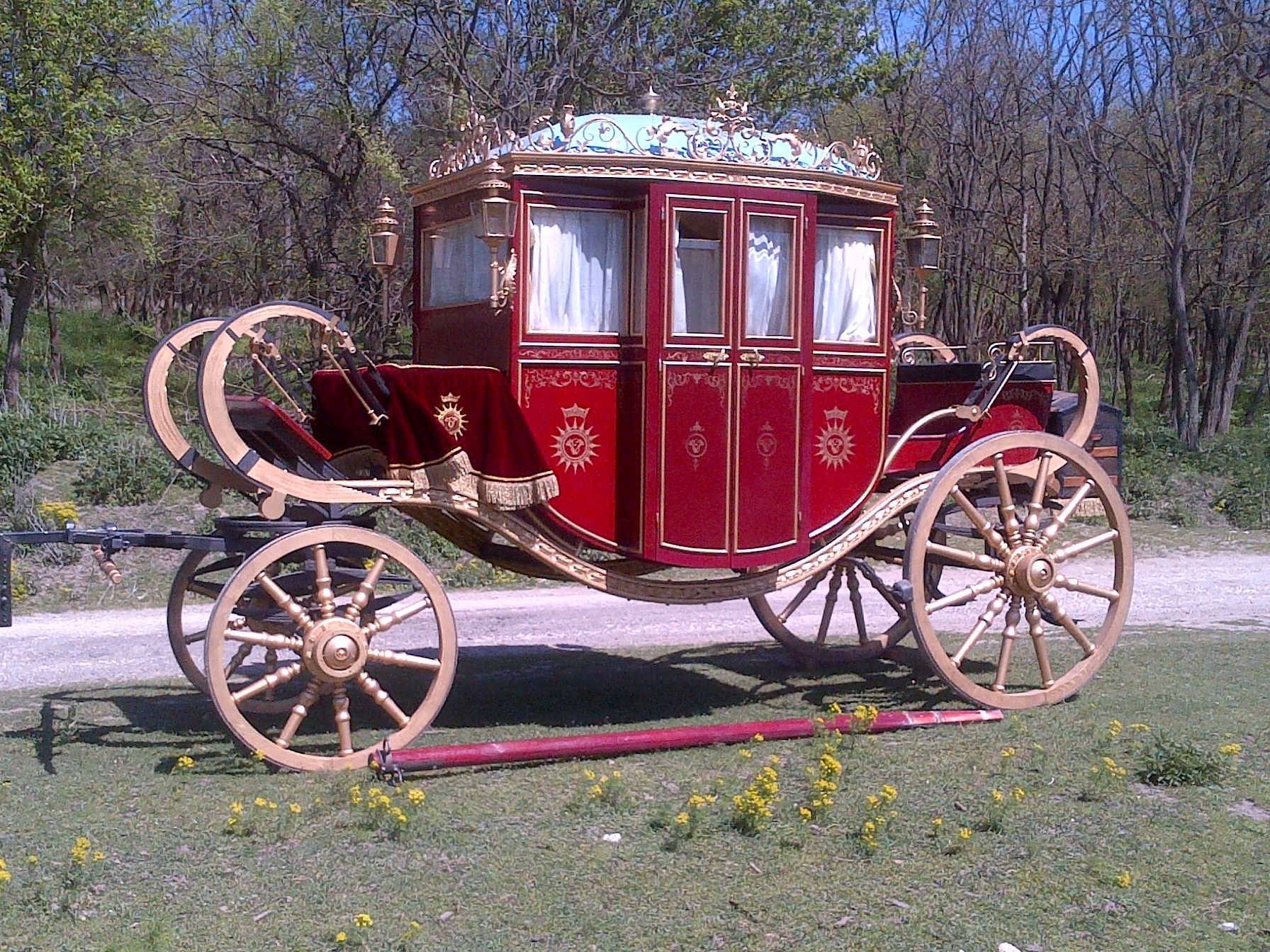
Balázs: As a prop master, I have been in charge of manufacturing countless of props. I have always valued quality. Unfortunately, the level of elaboration and detail we put on the table rarely gets to be seen on the screen. At the same time, props do not only help the story and delight the eyes of the spectators, it is also important that the actors receive as much help as possible to get into character: the high quality also serves them. I especially like custom props the life of which I get to follow from the drawing table to manufacturing.
STORQUE does not only manufacture film industry props: your portfolio also features unique boats and food trucks. What are the basic differences between the two: which of them requires a more complex knowledge or design process?
STORQUE: Props typically remain under the one cubic meter volume range—anything larger than that and custom-built is a set. We only had to work with sets in relation to a sci-fi series, but in that case we only had to build it, so we can say that other superstructures such as food trucks require more design, attention and last but not least manufacturing time already due to their size. For example, the residential superstructure made for one of our boats was built for four weeks, which was preceded by two weeks of design. In film productions, there’s no such time for manufacturing, everything must be done quickly, and of course our hands are tied in how much we can deviate from the ideas of the director, the costume designer or other relevant expert. There’s a certain charm to both processes—free designing and slow manufacturing, as opposed to short deadlines and fixed plan—and within STORQUE, all of us can do what they do the best in their own pace.
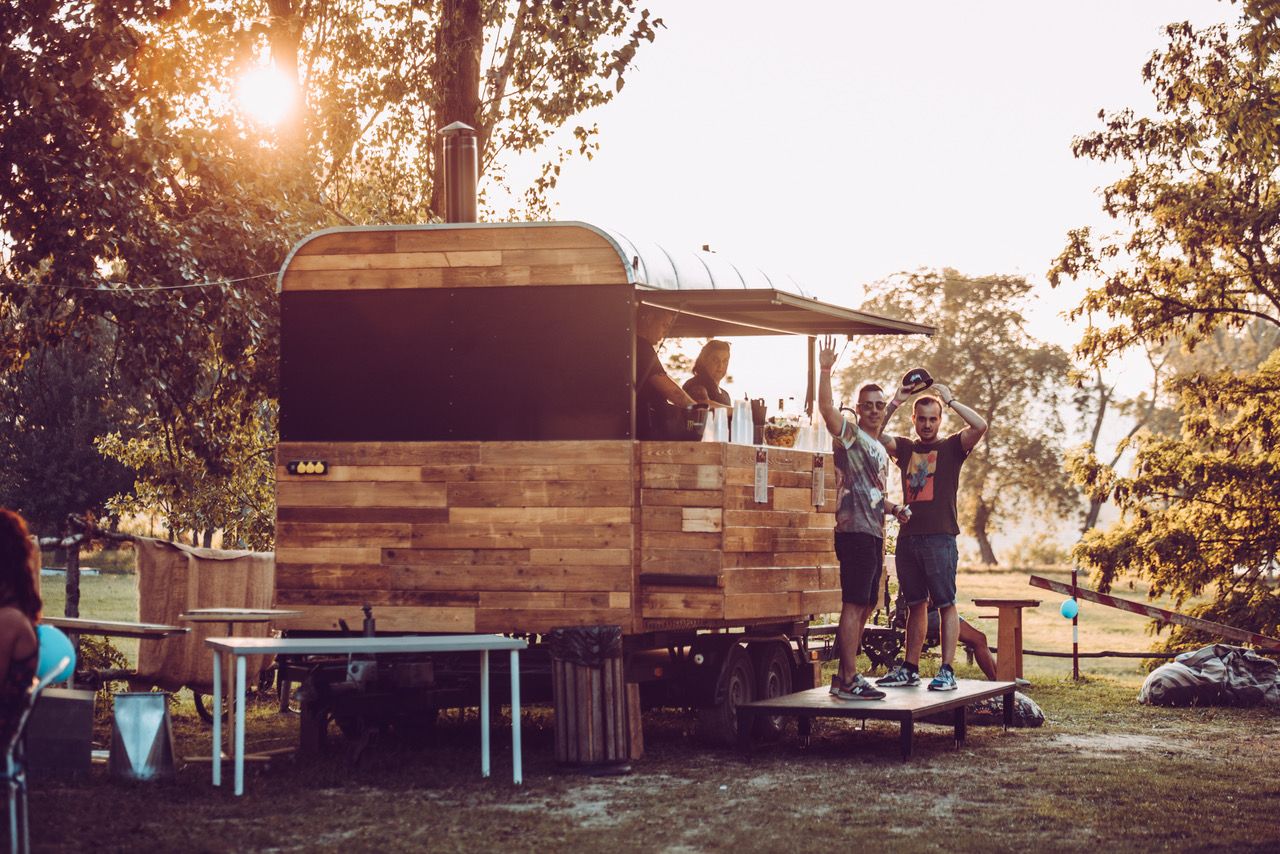
Which projects have challenged you the most so far?
Márk: We were commissioned to prepare the exact, working replicas of two oil rig tongs in relation to the series titled Treadstone—made of plastic of course so that actors could lift them. This is quite a large tool, and can weigh up to 150 kilograms in reality, so it is moved with a chain winch. We used 26 kilograms of plastic with 380 hours of printing time and four machines within approximately a week in a manner that one of the machines was a monstrosity with a large nozzle built by Szabolcs, which worked faster than a regular desktop one. Then we undercoated, polished, glued and assembled them and delivered to the client. Every process is ordinary in itself, but when you have only one and a half weeks to do it all then the seriousness of the task multiplies a thousandfold.
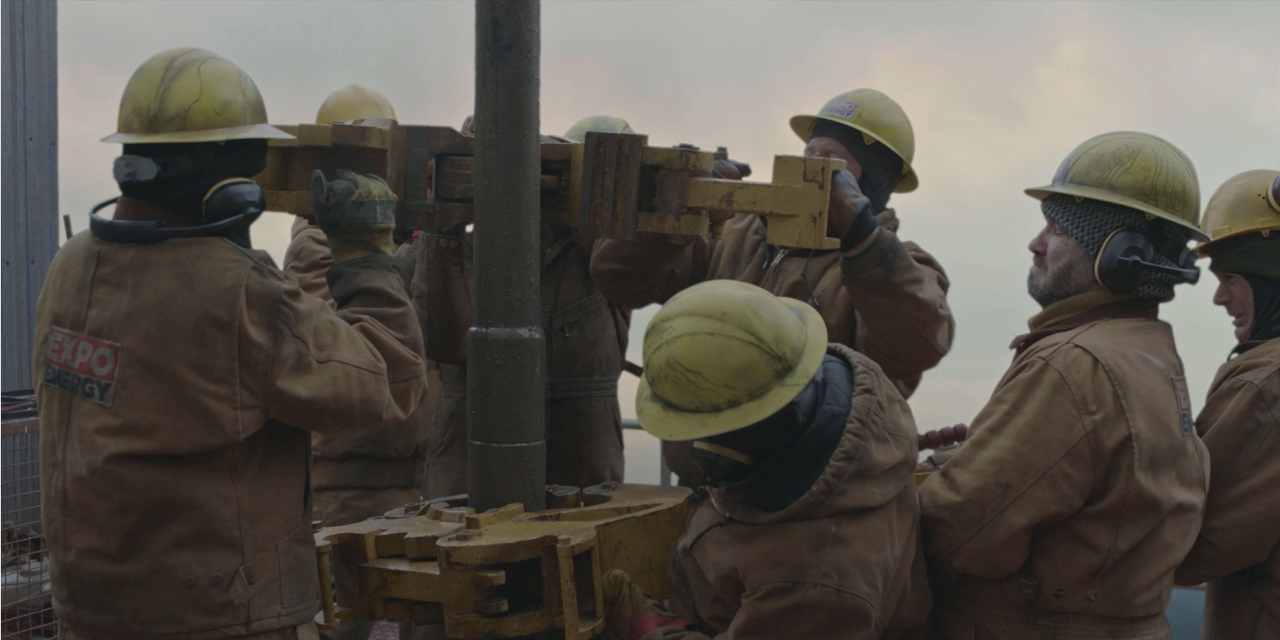
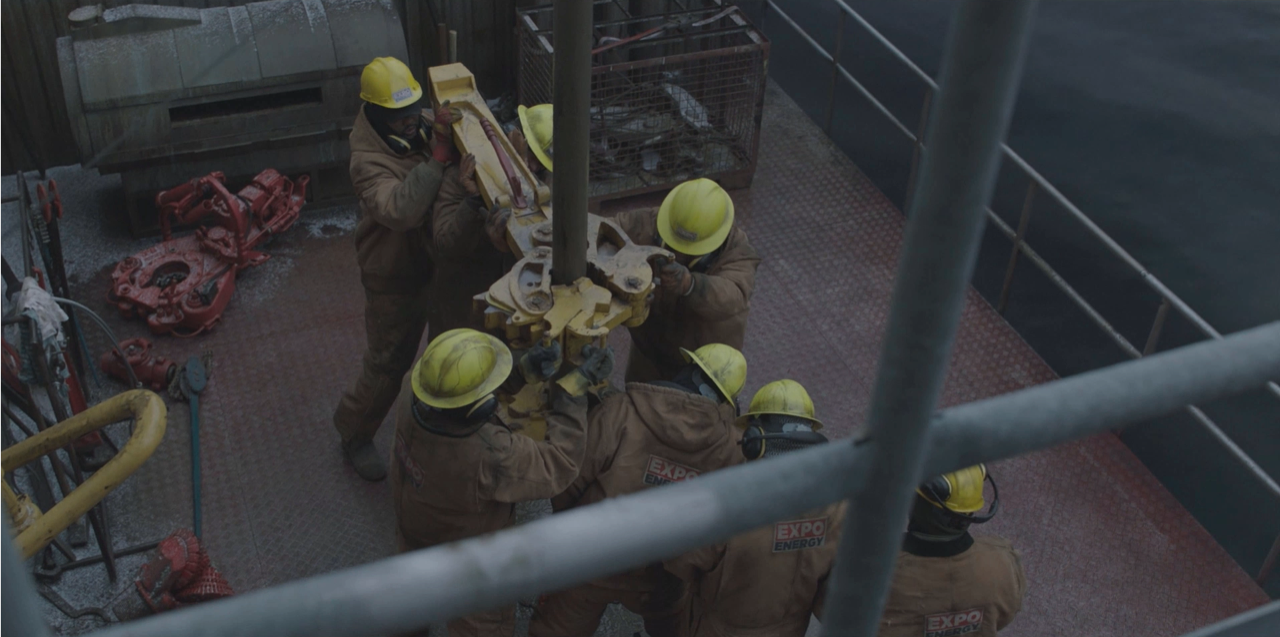
Viktor: For the production titled Spectral we had to manufacture quantum-coffins that are actually on camera for a long time near the end of the film. The biggest challenge was time in this case, too, but we came up with the idea of working in three shifts. Near the finish line when we were almost done even the non-prop guys stood in and helped us. But we are very proud of the final products.
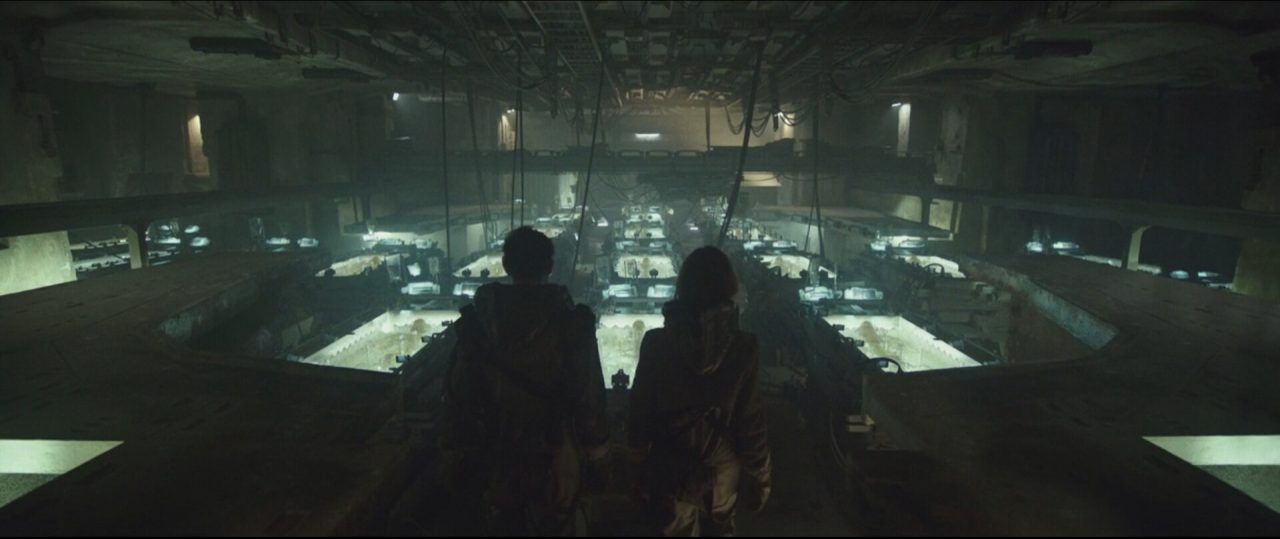
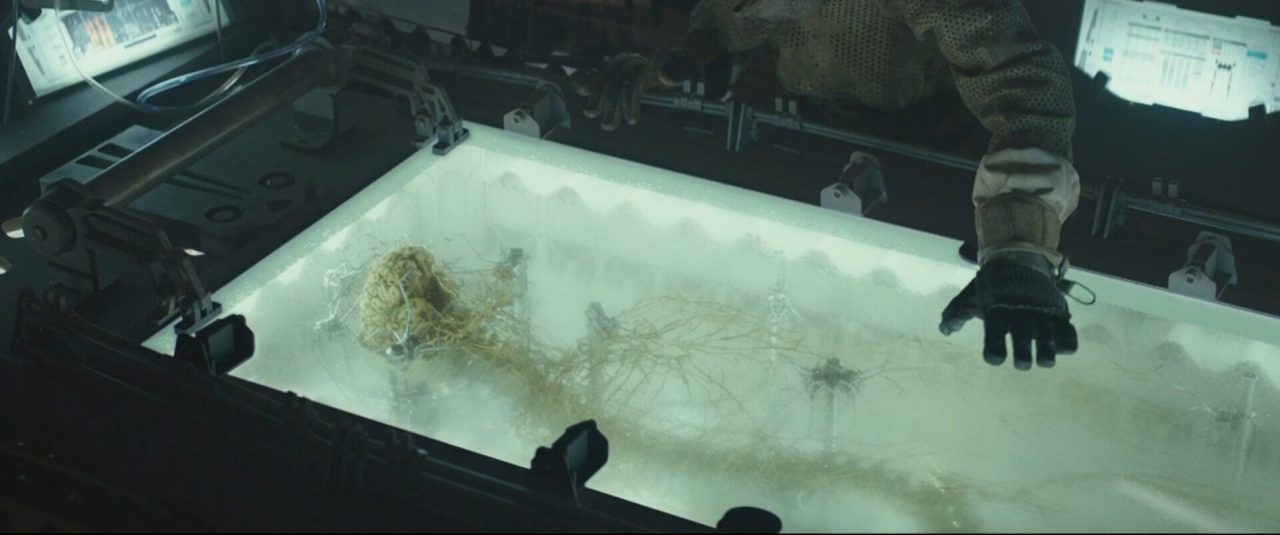
Film production has been flourishing in Hungary in the past years but the whole sector went into a sort of sleep mode in 2020. What are your future plans in these uncertain times and what new projects are you working on currently?
STORQUE: Indeed, when the pandemic hit the productions quickly left the country, there were only a few smaller films shot during the summer. We established the company in April 2020, right in the middle of the quarantine in Hungary. Our plan was to get ready for productions even if there were no film jobs available at the moment. Their absence provided a great opportunity for also trying our hands in other fields. Through this, on the one hand, we improved our creative skills and we also gathered references for future projects. This is how we started building boats, and then came a street food truck, a houseboat superstructure and finally a theater set. Then these gap-filling activities became so successful that we plan to dedicate an entire division to them in addition to props: we’ll have standard products— food truck models and boats—but our specialty will remain fulfilling unique requests.
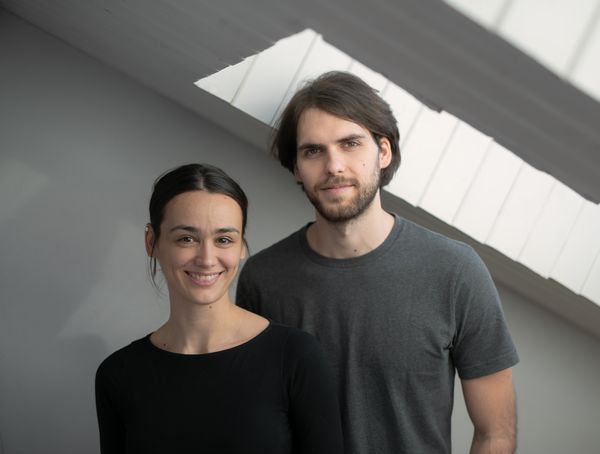
Artist duo | itthon.
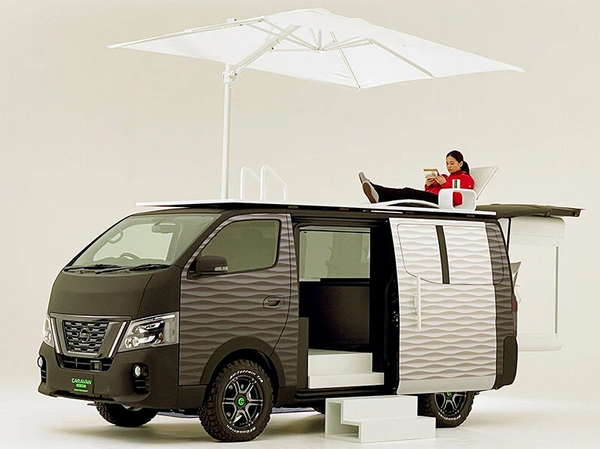
A steering wheel in your office | Nissan
